[XCAR Technology Original]
This week, FAW Toyota’s Corolla Twin Engine and GAC Toyota’s Ralink Twin Engine were released one after another. These two hybrid models all adopt the domestic hybrid dual-engine powertrain, which is the first time that Toyota has carried out on-site development and production of hybrid electric vehicles outside Japan. So, what are the characteristics of this domestic hybrid dual-engine powertrain? What about the technical level?
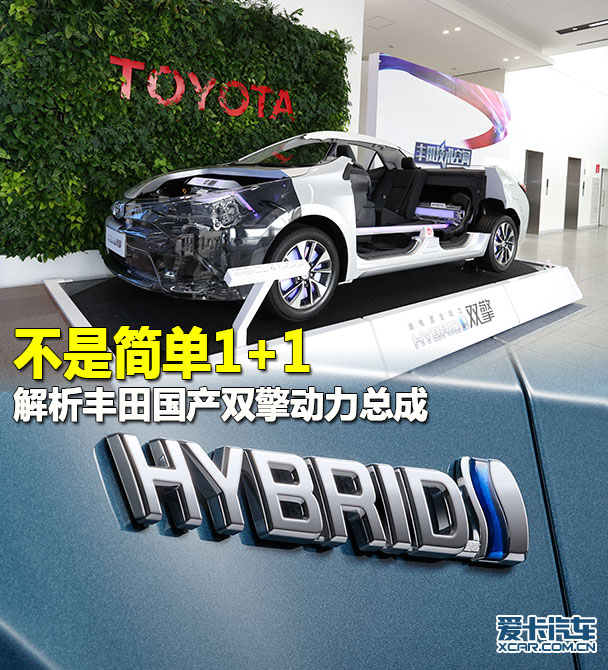
Toyota hybrid technology THS
To understand the domestic dual-engine technology, we still have to start from the development of Toyota hybrid technology. Toyota’s hybrid system is called THS(Toyota Hybrid System). The development of THS is closely related to Toyota’s most prestigious hybrid model Prius.
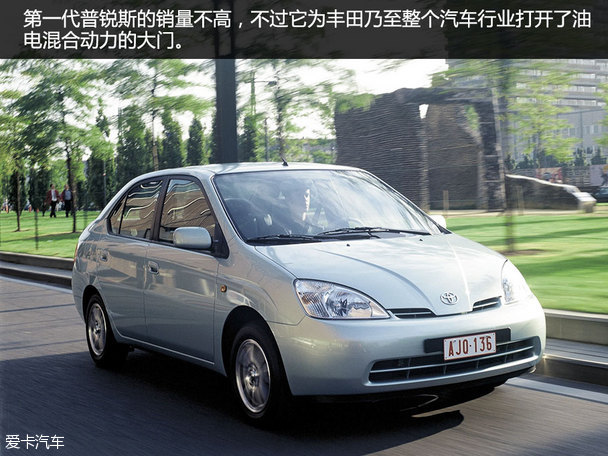
In 1997, the first generation Prius, code-named XW10, came out. It was equipped with the first generation THS hybrid system, and it was the first mass-produced hybrid electric vehicle in the world. The first generation THS is mainly composed of a 1.5L engine, a hybrid drive axle, a Power Control Unit (PCU) and a power battery pack, and this structure has been used up to now. The sales volume of the first generation Prius is not high, but it has opened the door to hybrid electric vehicles for Toyota and even the entire automobile industry.
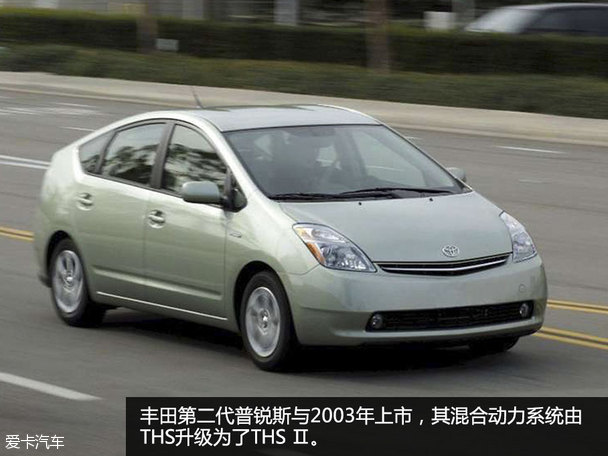
In 2003, the Prius ushered in a new generation, and the second-generation Prius code-named XW20 appeared. At the same time, its hybrid power system has been upgraded from THS to THS ⅱ, and the engine, motor, battery pack and other components have been improved. At that time, the situation in the Middle East was tense, and the international oil price continued to rise. Therefore, the second-generation Prius with a comprehensive fuel consumption of only 5.2L per 100 kilometers received great attention. In addition to winning the prize, the second-generation Prius has also achieved great success in sales.
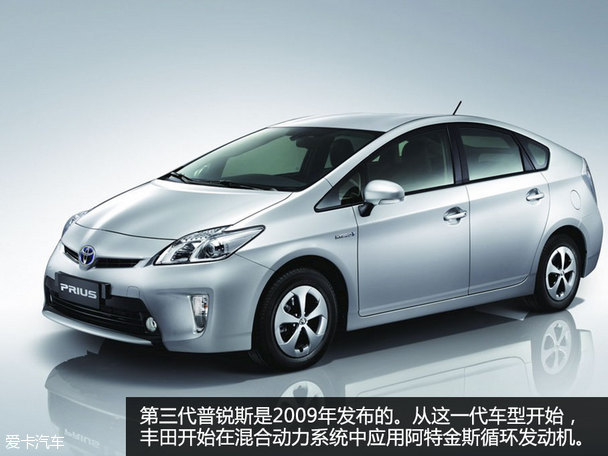
In 2009, Toyota released the third generation Prius, and its hybrid system also ushered in a major upgrade. A 1.8L Atkinson cycle engine with thermal efficiency as high as 38.5% replaced the previous 1.5L engine. At the same time, the transmission between the power splitting device and the reduction mechanism is changed from chain transmission to gear transmission, and the structure is more compact. Although it has changed a lot, this system is still called THS II by Toyota. The third-generation Prius was a great success, with sales exceeding 1 million vehicles in two years.
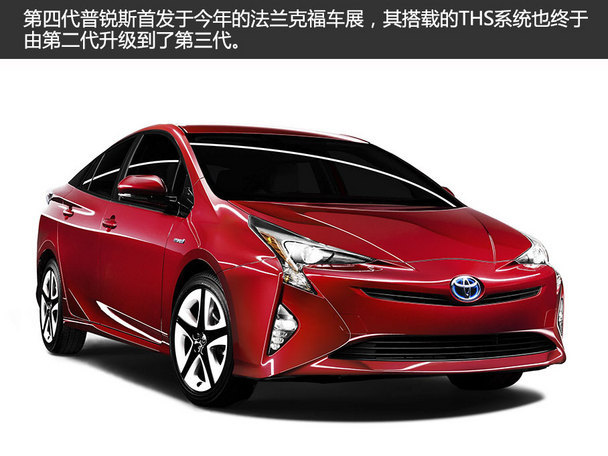
In 2015, Toyota released the fourth generation Prius at the Frankfurt Motor Show, and the THS system was finally upgraded from the second generation to the third generation. The biggest change of THS ⅲ is that the structure of hybrid drive axle has changed. In THS system and THS ⅱ system, the driving motor and generator are arranged coaxially on the left and right sides of the planetary gear device respectively; On THS ⅲ system, the driving motor is moved to the other side of the planetary gear device, arranged in parallel with the generator, and connected with the reduction mechanism through the balance shaft gear. This change makes the hybrid drive axle more compact, and the length is shortened from the previous 409mm to 362 mm. At the same time, due to the reduction of the number of parts, the mechanical loss is also reduced by 20%.
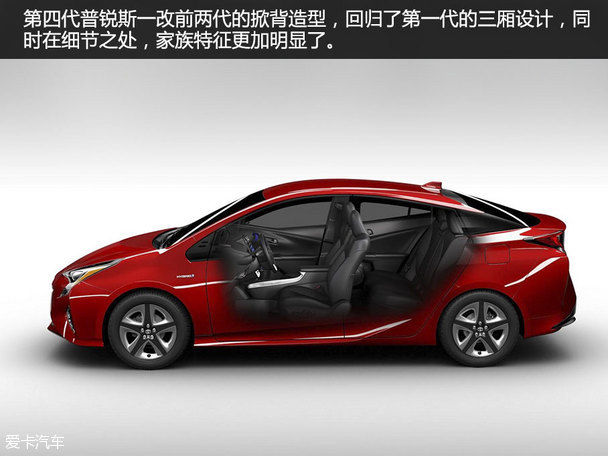
On the engine side, the THS ⅲ system of the fourth generation Prius has also evolved. By increasing the input of EGR exhaust gas recirculation system and reducing friction and mechanical loss, the maximum thermal efficiency of the new 1.8L Atkinson cycle engine reached a record 40%.
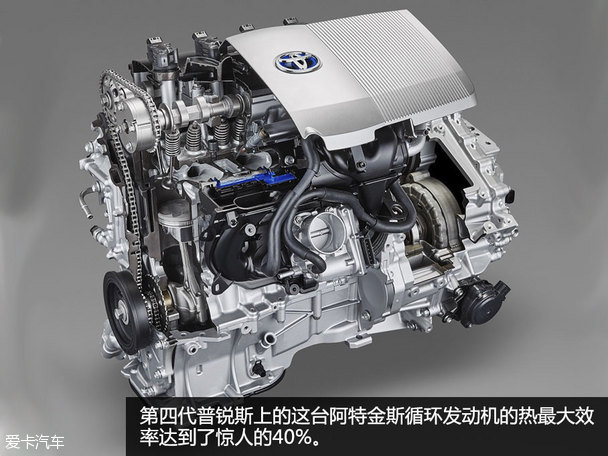
In terms of battery pack and PCU, THS ⅲ system has achieved smaller volume and less loss by optimizing the structure and adopting new technologies.
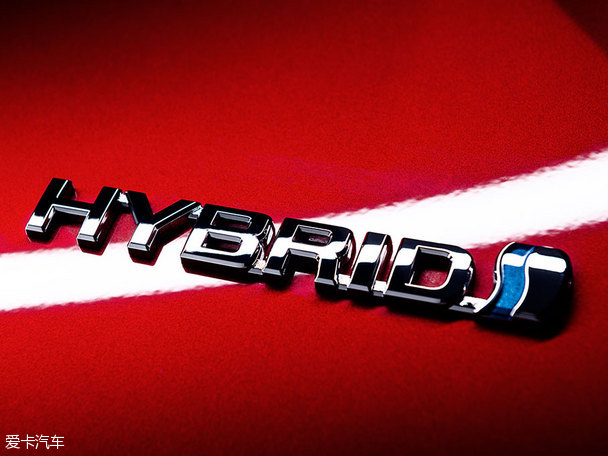
Through this series of improvements, the fourth-generation Prius equipped with THS ⅲ system has achieved super-high fuel economy, with a fuel consumption of only 2.5L per 100 kilometers.